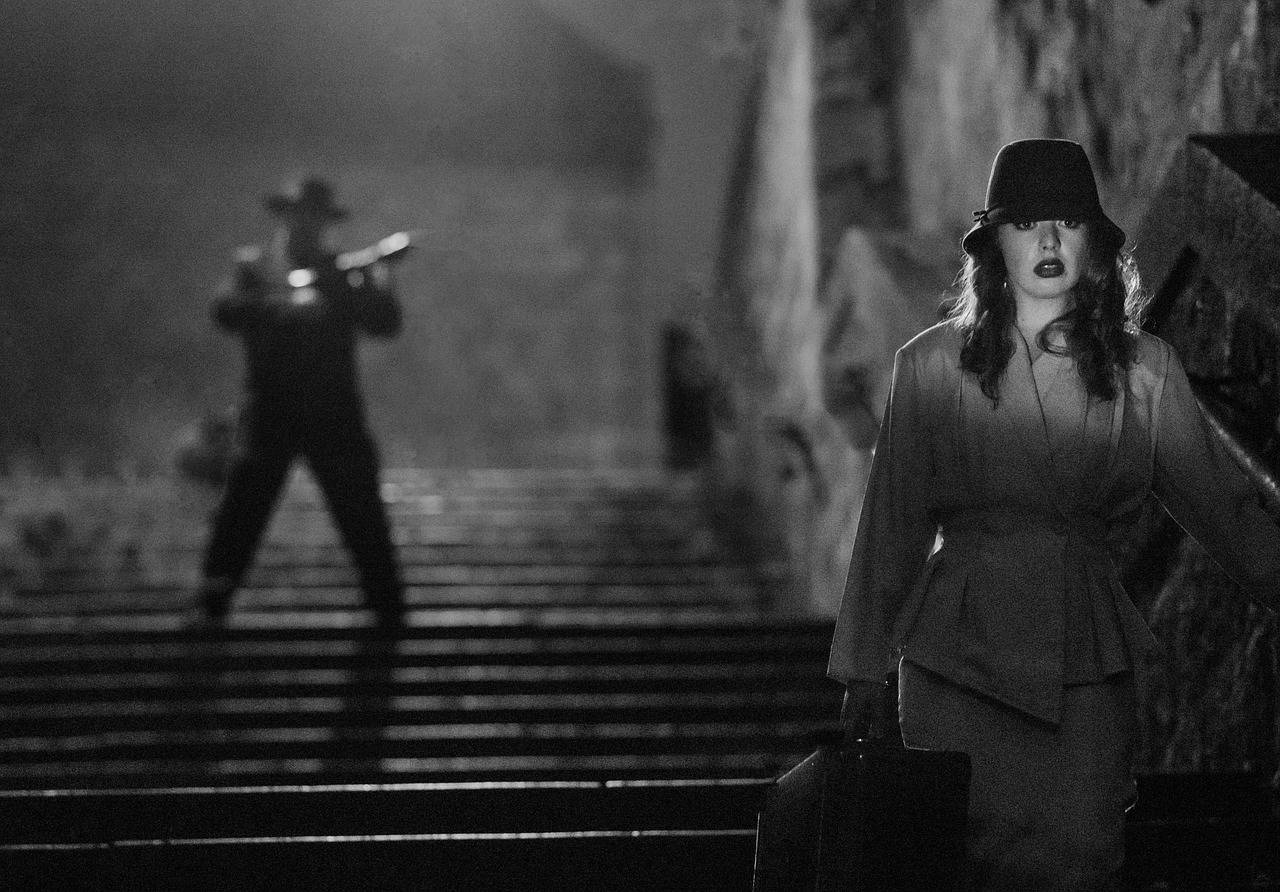What Does Film Grain Do?
Film production has certainly evolved over the past century. And probably one of the most notable changes to filmmaking is the switch from analog to digital film. While most of the change has been welcomed, and even praised by filmmakers. Some directors are disturbed by one item in particular – film grain. Film grain represents the textured specs of an image that were incredibly common in the years of celluloid film. But which have largely disappeared with digital cinema. But what does film grain do? And should we bring it back?

What is Film Grain?
Film grain is best described as the random textured specs that are the result of small metallic silver particles which can be found on celluloid films after they are processed.
Film grain is not necessarily a welcomed element in most cases. In fact many filmmakers would seek ways of reducing or eliminating film grain years ago.
However, in today’s incredibly crisp and clear digital images, some filmmakers are seeking ways to cut the silence of these clean videos in order to add some motion, and grit, back into the image.
What Causes Film Grain?
Film grain was natural when physical celluloid film was used. In fact, anytime a cinematographer would shoot using physical celluloid film. Film grain texture would naturally appear. Some cameras or techniques would result in more noticeable film grain than others.
Most commonly, shutter speed and aperture would impact the amount of film grain that could be seen on the screen. Mainly because the ISO factor of a camera plays a big role in determining the presence of film grain.
Size
Visibility of film grain on celluloid film is largely impacted by the size in which the film is presented in. While film grain can naturally vary in size, the amount in which the film image is increased for projection can also impact the visibility of film grain.
Increasing grain often occurs when a significantly larger image is projected versus a smaller image which could “shrink” the grain.
ISO
Camera settings that resulted in a higher ISO would generally increase film grain. Whereas a lower ISO setting would generally decrease film grain. In fact, even when shooting digitally, high ISO is a key determinant of increasing the potential for noticeable film grain texture.
If you’re a filmmaker that is looking for ways to incorporate film grain back into digital films. Shooting with a higher ISO is one option. But it could also lead to less blur which may not be a welcome outcome for you?
If this is the case, perhaps you could consider film grain overlays which will allow you to cut the silence, without cutting the blur.
Should We Bring Film Grain Back?

Many Directors believe in film grain and its ability to add warmth and movement to the otherwise crisp digital film.
In fact, many filmmakers that shoot digital are finding ways to include film grain in the movies that they create opting for overlays. And other effects in order to add texture to the imagery they produce.
You might be wondering, why not just shoot analog and bring back celluloid film cameras? The bottom line is, many filmmakers don’t have the clout (or the budget) to bring back celluloid filmmaking for their production.
In fact, on a basic budget, shooting with film cameras isn’t really possible. However, there are still ways to bring film grain back, and for the Directors that believe in it.
There are several reasons to consider bringing back film grain including:
- To create a cohesive “glue” of the layers in a motion graphic.
- Practical reasons, such as adjusting the aesthetics of the film.
- To smooth sharp edges and lines in digital images.
- To minimize banding when a gradient background is used.
A Nostalgic Feeling
So, just as film grain created the cinematic feel we all know and love from old movies that were shot on physical film, so too can it be used to create a cinematic feel in motion pictures that are shot digitally.
Because, to answer the question simply, “What does film grain do?” It creates a sense of cinema in the digital films produced today while reminding us of the original processes that went into filmmaking years ago.

